You've clocked in, grabbed your coffee, and are ready to dive into the workday. But, just as you step onto the job site, an all too familiar feeling hits–the discomfort from your work boots. As the day wears on, it transforms from a mild annoyance to a painful distraction. You're not alone in this. Many workers echo this sentiment, finding themselves sacrificing comfort for safety and durability in their work boots. But does it always have to be this way? Can a pair of work boots deliver comfort without compromising on protection? The truth is, yes, they can! That's exactly what we'll be exploring in this article—how to navigate the market of work boots to find options that, besides promising necessary safety features, ensure comfort throughout usage. Choosing comfort-promising work boots is no rocket science, but it does need some information and a lot of attention to detail; let's get started!
The Importance of Choosing Comfortable Work Boots
Have you ever thought about the significant role that your work boots play in your daily productivity and your overall physical health? It's not just about the boots being sturdy or stylish, though those factors do come into play. Comfort, above all else, is vital. In this section, we’ll dive into the importance of choosing comfortable work boots and how they can make or break a productive day at work, or even your health in the long run.
The Impact on Work Productivity
The saying "comfort kills productivity" does not apply to your feet. When your feet hurt, everything hurts, says every hiker, homesteader, construction worker, and chef. Inordinate discomfort leads to distraction and difficulty focusing on tasks, which negatively impacts work productivity.
Here are some ways how comfortable work boots can boost your productivity:
- Reduced fatigue: When boots fit well and offer good support, it reduces fatigue from standing or walking for extended periods.
- Increased focus: Uncomfortable boots can be a significant distraction. Comfortable boots eliminate this problem, allowing you to focus on your tasks.
- Improved efficiency: Comfortable boots can increase your efficiency because less energy and time are spent dealing with discomfort or fatigue.
Effects on Physical Health
Along with impact on productivity, choosing uncomfortable work boots can lead to several health issues. Let's discuss:
- Foot problems: Uncomfortable boots can lead to blisters, corns, and bunions. In severe cases, they can alter the shape of your foot and lead to chronic issues.
- Back and Knee pain: Unsupportive footwear can also cause back pain, knee pain, and other orthopedic issues.
- Muscle strain or worse: Badly fitting boots can make you walk in an unnatural manner, leading to muscle strain or even hazardous slips, trips, or falls.
Luckily, the combination of safety and comfort in work boots has become a priority for manufacturers, making it easier to get a hold of boots that meet both criteria. Investing in a high-quality, comfortable pair of work boots is not just an investment in your footwear, but in your productivity and overall health. This simple shift in your work attire can mean the difference between a productive day and a painful one, not to mention its role in your long-term physical well-being. So, keep comfort at the forefront when choosing your next pair of work boots.
Key Features of Comfort-Promising Work Boots
Whether you're a construction worker, a mechanic, or a mail carrier, comfortable work boots are more than just footwear. They are essential gear that can protect your feet from injuries while allowing you to stay productive throughout a long working day. This article will guide you through key features that good comfort-promising work boots should possess, such as the right fit, proper support, excellent breathability, water and slip resistance, and remarkable durability.
Right Fit and Size
One cannot emphasize enough the importance of wearing the right size and fit of boots at work. If a boot is too tight, it can create discomfort and foot pain; while if it's too loose, it can lead to instability and accidents. To ensure a boot fits correctly, consider the following:
- Ensure the boot fits snugly around your heel and ankle, but with enough space to wiggle your toes.
- Check aptly that there is space to fit your fingers between the heel of the boot and your heel after you've put it on.
- Bear in mind the type of socks you'll be wearing with your boots. For thicker socks, you might need a slightly larger size than your regular shoe size.
Material and Construction
Quality material and construction are crucial for blending comfort and durability in work boots. Leather, for instance, is a top choice for many terrific reasons:
- It's strong and durable, able to withstand wears and tears.
- It's breathable, which means it allows air circulation around your feet.
- It's flexible enough to conform to the shape of your feet for a snug fit over time.
Support and Cushioning
Excellent boot support absorbs shock as you walk or run, reduces fatigue, and prevents foot conditions such as plantar fasciitis. To determine if a boot offers sufficient support and cushioning, consider the following features:
- Arch support: The midsole should be contoured to match the curve of your foot to support your arch.
- Insole cushioning: The insole should offer a cushion against the impact of walking or running.
- Heel support: The boot should also offer real heel support that cups your heel and provides additional stability.
Breathability
Work boots are typically worn for long hours, making breathability a vital feature. Breathable boots keep your feet dry and comfortable, reducing the risk of developing foot conditions such as athlete’s foot. Good breathable boots often:
- Possess mesh linings that allow for optimal air flow.
- Come with moisture-wicking fabric that can absorb and release moisture.
- Include anti-odor technology to beat the growth of odor-causing bacteria.
Water and Slip Resistance
Slip-resistance and water-resistance are two other critical features for any top-quality work boots. Boots should offer excellent traction to prevent accidents, and they should also keep your feet dry in wet conditions. Look for boots with:
- Outsoles designed with gripping patterns to ensure better traction.
- Water-proof or water-resistant materials that can keep your feet dry in various weather conditions.
Durability
No-one wants to replace their work boots every few months. Therefore, durability is a must. Durable work boots not just save money in the long run, but also provide ongoing comfort and safety. When assessing the durability of work boots, consider:
- The quality of the materials used.
- The type of construction – stitched boots tend to be more durable than glued ones.
- The thickness and material of the sole – rubber soles are often highly durable.
Weight
Lastly, the weight is another key feature to consider. Lightweight work boots can help reduce the risk of fatigue and enhance mobility. However, make sure not to compromise on other essential features for the sake of weight. Your boots need to be sturdy and protective, even if they are light.
Choosing the right work boots can make a significant difference in your comfort, productivity, and safety at work. When selecting, keep an eye on these features we discussed and prioritize based on your specific needs and job nature. Working with comfortable boots is not a luxury, but a necessity for everyone who values foot health!
Evaluating Work Boots for Comfort
Work boots are often seen as the essential workmate of every hardworking individual who spends most of his/her day on their feet. They provide support, protection, and comfort that can make a significant difference in the grounds of productivity and overall well-being. But how do you ensure you're choosing the most comfortable pair of work boots? Let's dive into the process of finding that perfect pair that will have your feet thanking you at the end of the day.
Trying on the Boots
Often, the feel of the boot on your foot can tell you a lot about its comfort level and if it is the right fit for you. Here are some factors to consider:
- Size Fit: Ensure your boots have enough space to wiggle your toes comfortably, but not so large that your foot slides around.
- Arch Support: Boots should provide adequate support for your arch, the natural contour should align with your foot's shape.
- Material: It's crucial to consider the material of the boot. Try preferably for genuine leather, which allows your feet to breathe and is usually more durable.
It is important to note that, as peculiar as it might seem, trying on boots at the end of the day can provide a much more accurate sizing. This is due to feet often swelling throughout the work day, so a boot that fits comfortably in the morning may not be as comfortable at the end of the day.
Walking and Standing Test
For work boots, a simple try-on isn't enough. Since you'll be wearing these boots for extended periods, doing the walking and standing test is crucial. Walk around in the boots for a bit, and ideally, stand in them for an extended period. These actions will mimic the conditions under which you'll be using the boots and will give you an idea of their long-term comfort levels.
Consider the following while doing the test:
- Comfort: Pay attention to any discomfort or pinching feeling while walking or standing.
- Balance: Check if the boots provide the balance you need. Good work boots should not make you feel wobbly or unstable.
- Weight: Boots that are too heavy may cause fatigue over time. Ensure the boots have the right weight for your comfort.
Boot Break-In Period
Work boots typically have a break-in period, during which they'll mold to fit your feet better. This break-in period can last from a few days to a few weeks, depending on the boot's material and construction.
Bear in mind that:
- During this break-in period, minor discomfort is normal.
- If severe discomfort or pain is experienced for an extended period, the boots likely aren't the right fit or style for your foot shape.
- The boots should become more comfortable as the break-in period progresses.
Remember, your comfort should be the priority when selecting work boots. They should not only fit well but provide the support you need during a hard day’s work. So take your time to find the perfect pair that ticks all these boxes and enhance your comfort and overall workday experience.
Maintaining Your Work Boots for Lasting Comfort
Work boots are more than just protective gear; they're a lifeline for those in physically demanding industries. Their durability and comfort directly impact a worker's performance, safety, and overall well-being. To get the most mileage from your work boots, adopting a regimen of timely upkeep is invaluable. This section aims to take you through important care processes including regular cleaning, proper storage, and periodic condition checks. So, let's start understanding the meticulous art of maintaining work boots.
Regular Cleaning
Every type of work boots require weekly or bi-weekly cleaning depending on the frequency of use. They encounter all forms of dirt, stains, and grime in the places they been, and if left untreated, these can shorten the life of your shoes.
Here are some steps to ensure your boots remain spick and span:
- Remove loose dirt and dust by gently brushing the surface.
- Use a damp cloth to wipe the entire boot, pay extra attention to the areas where the sole and upper part meet.
- For stubborn stains, use a mild soap mixed with water, apply with a soft brush and then wipe-clean.
- Leave the boots to air-dry naturally. Keep them away from direct sunlight or heat sources such as radiators, as these can cause the leather to crack.
Proper Storage
Proper storage of work boots when they aren't in use plays a vital role in their structure and longevity. They should be kept in a cool, dry place, away from extreme heat or cold.
Some handy storage tips include:
- Removing the insoles to allow them to air out.
- Filling the boots with newspaper to maintain their shape.
- Allowing ample space between different pairs to avoid color-stains or deformities.
Periodic Condition Check
Lastly, scheduling regular checks to assess any damage or wear and tear to the boots ensures that they last longer. Keep an eye out for deteriorating soles, torn stitching, or a worn-out insole.
If any damage is beyond DIY fixes, it might be time to seek professional help to repair or replace a part. Listen to your feet as well - persistent discomfort is an undeniable sign that it's time for a boot upgrade.
In a world where the importance of foot comfort and safety is paramount, maintaining work boots is not an option but a requirement. With these handy tips, we hope to enhance the life and functionality of your loyal work boots. Peace, comfort, and safety to your journey, no matter where your work boots take you.
Conclusion
Choosing the right pair of work boots can dramatically impact your comfort, productivity, and overall wellbeing at work. However, finding the perfect balance between comfort and functionality isn't always an easy task. By focusing on key factors such as the fit and size, material and construction, and support features of the boot, you can make an informed decision that will serve you well in the long run. Remember, your comfort at work starts from the ground up.
When taking care of your feet, don't forget that the rest of your body also deserves comprehensive protection. For construction workers and arborists, we recommend taking a look at our Canadian-made chainsaw safety pants crafted by Rain Gear Pro. These pants are designed with premium materials for optimal comfort, durability, and above all, safety. Proactively safeguard your body by visiting our site at Rain Gear Pro. A smart investment in your work gear is a long-term investment in your health and productivity. Don't underestimate the power of comfort-promising work boots and comprehensive work gear!
Frequently Asked Questions
-
What are the key features to look for in comfortable work boots?
Some key features to look for in comfortable work boots include cushioned insoles, supportive arches, shock-absorbing midsoles, padded collars, breathable materials, and proper sizing for a comfortable fit.
-
Are slip-resistant soles important in work boots?
Yes, slip-resistant soles are crucial in work boots as they provide better traction and reduce the risk of slips and falls, especially in hazardous or slippery work environments.
-
Should I choose steel toe or composite toe work boots for comfort?
Both steel toe and composite toe work boots can offer comfort, but composite toe boots tend to be lighter and provide better insulation in extreme temperatures, making them more comfortable for all-day wear.
-
How can I ensure the right fit for comfort in work boots?
To ensure the right fit for comfort in work boots, measure your feet accurately, try on boots in the afternoon when your feet are slightly swollen, wear the type of socks you'd wear at work, and walk around to assess comfort and any potential pressure points.
-
Are waterproof work boots more comfortable?
Waterproof work boots can offer additional comfort in wet or damp conditions, as they keep your feet dry and prevent discomfort caused by moisture. However, if you work in a dry environment, they may not be necessary.

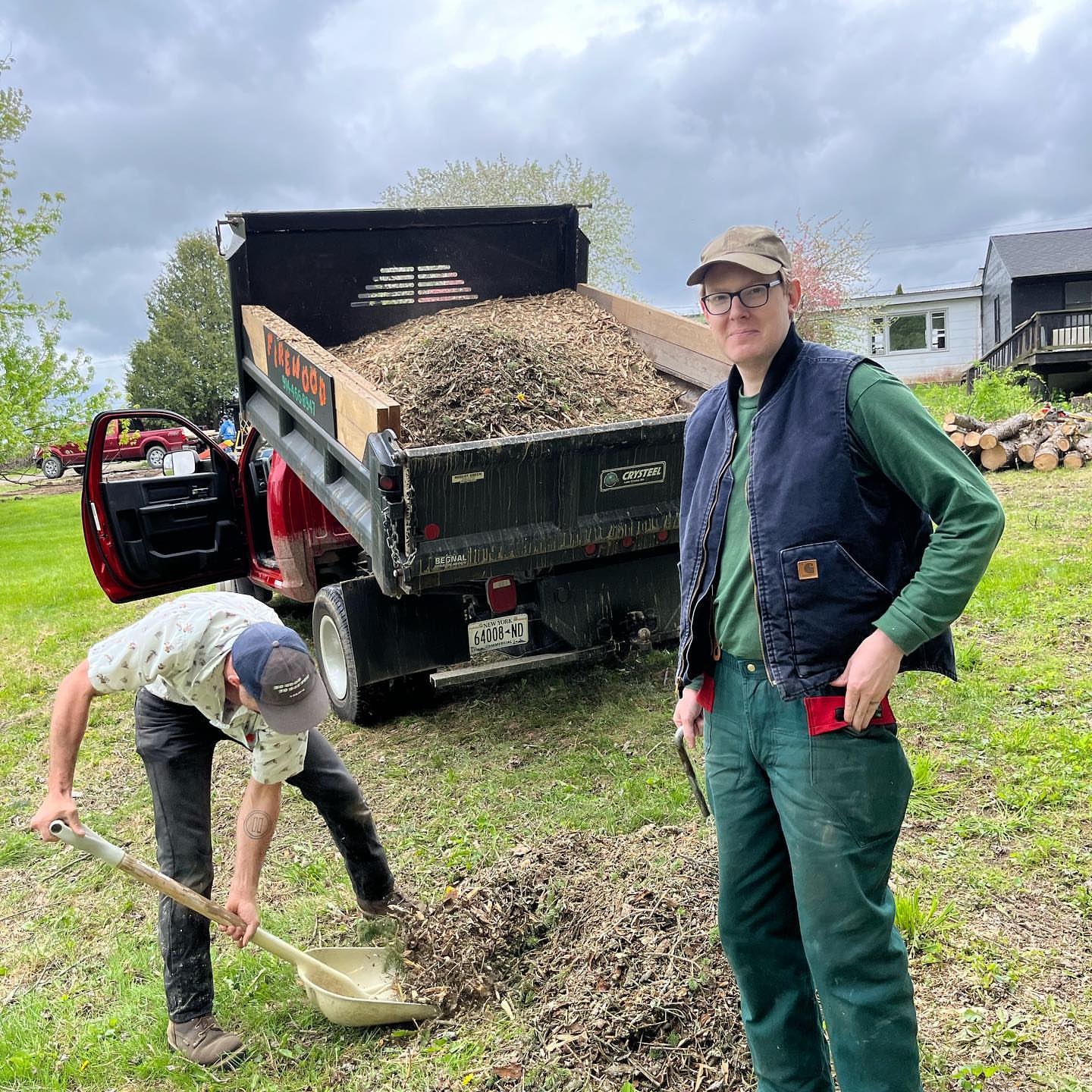
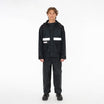
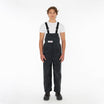
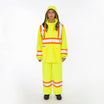
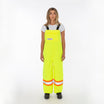
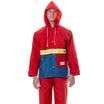
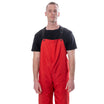
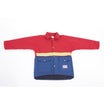
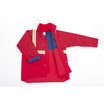
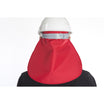
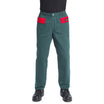
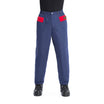
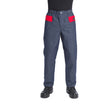
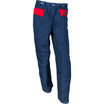
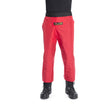
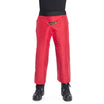
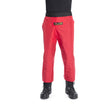
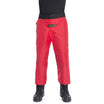
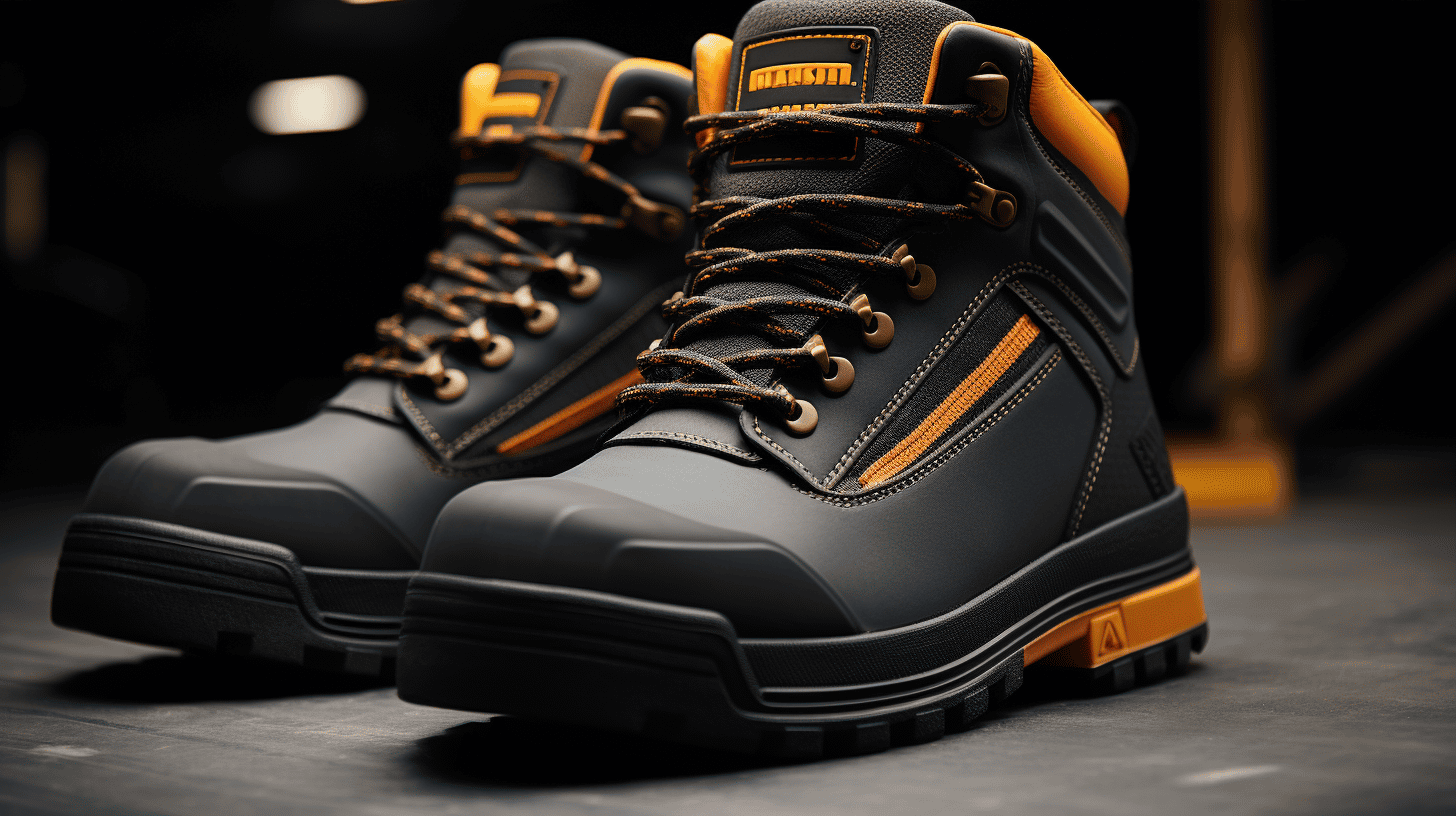
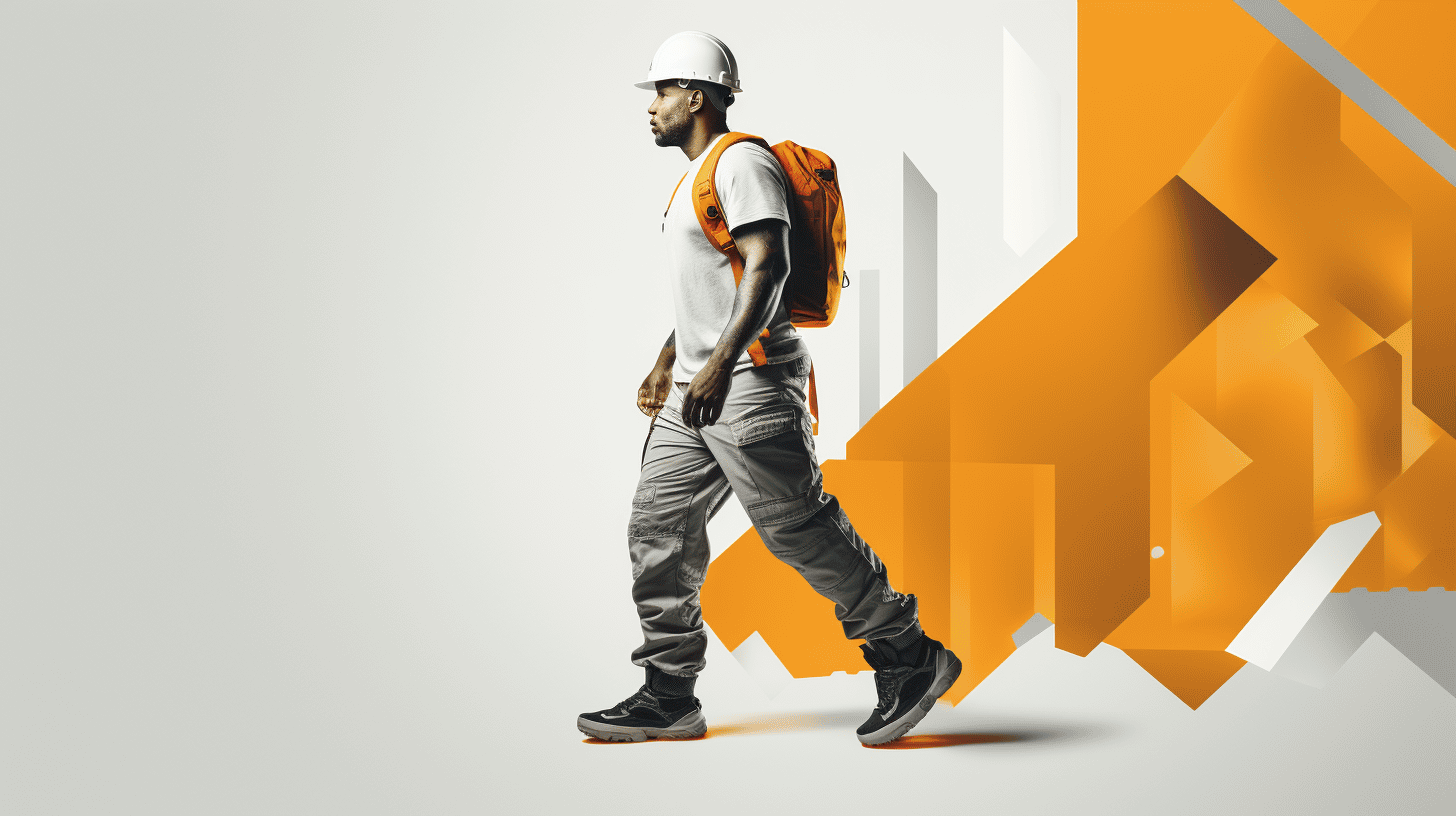

Leave a comment
This site is protected by hCaptcha and the hCaptcha Privacy Policy and Terms of Service apply.